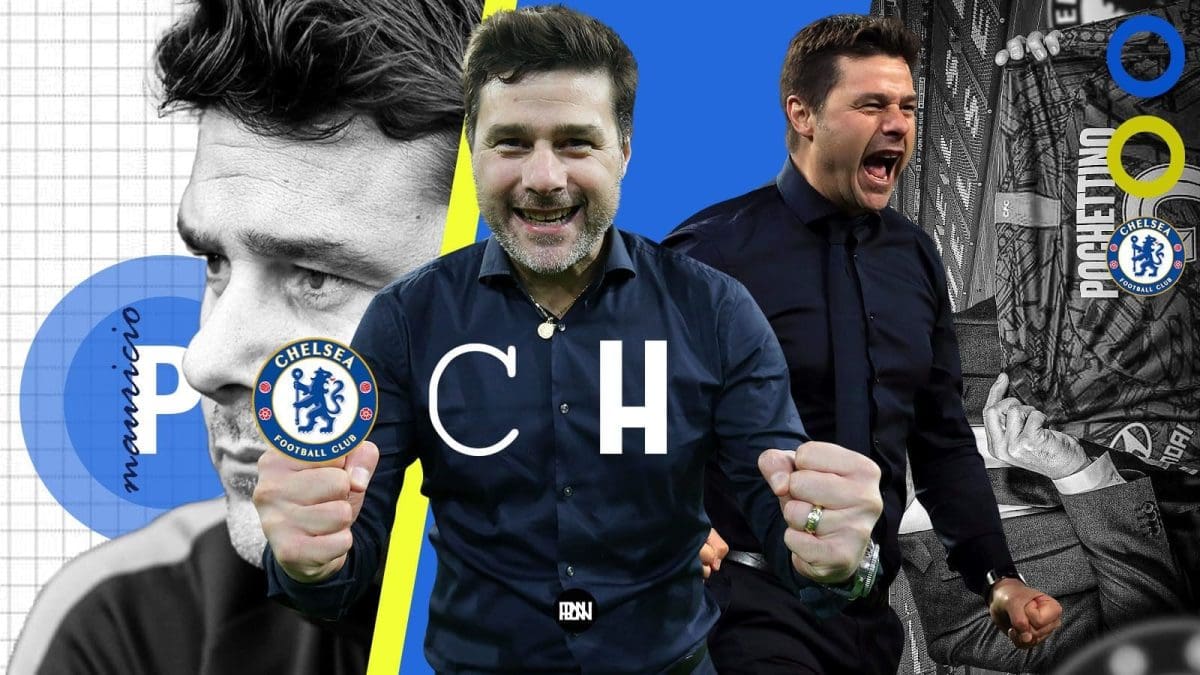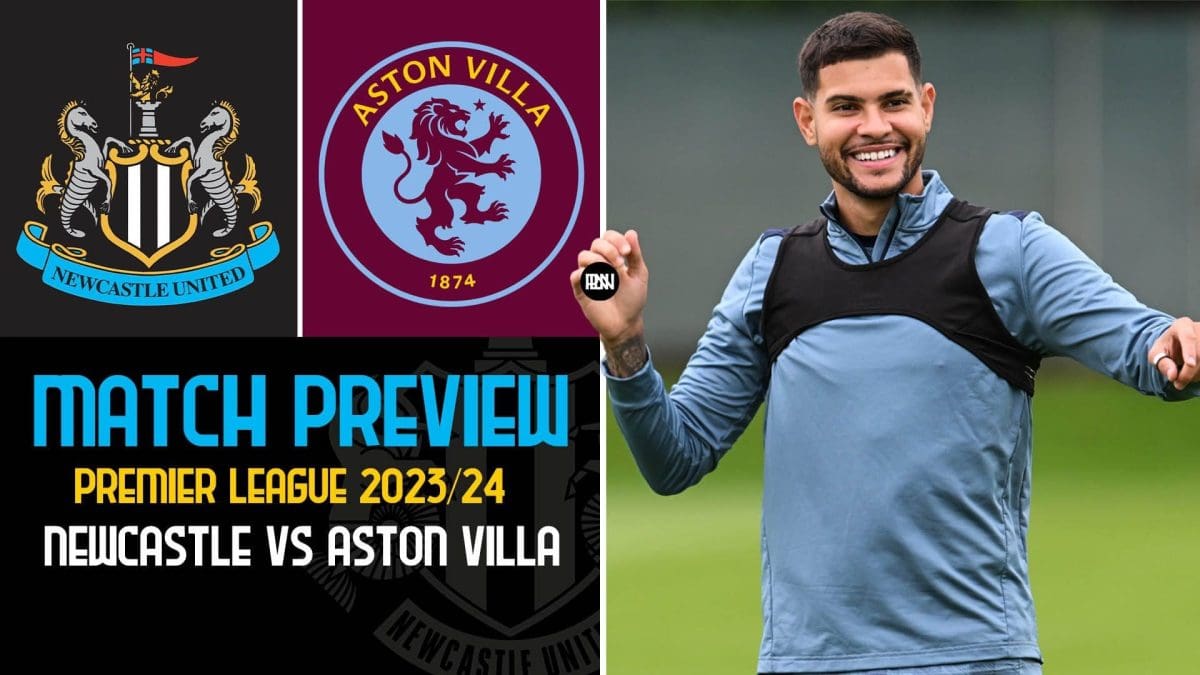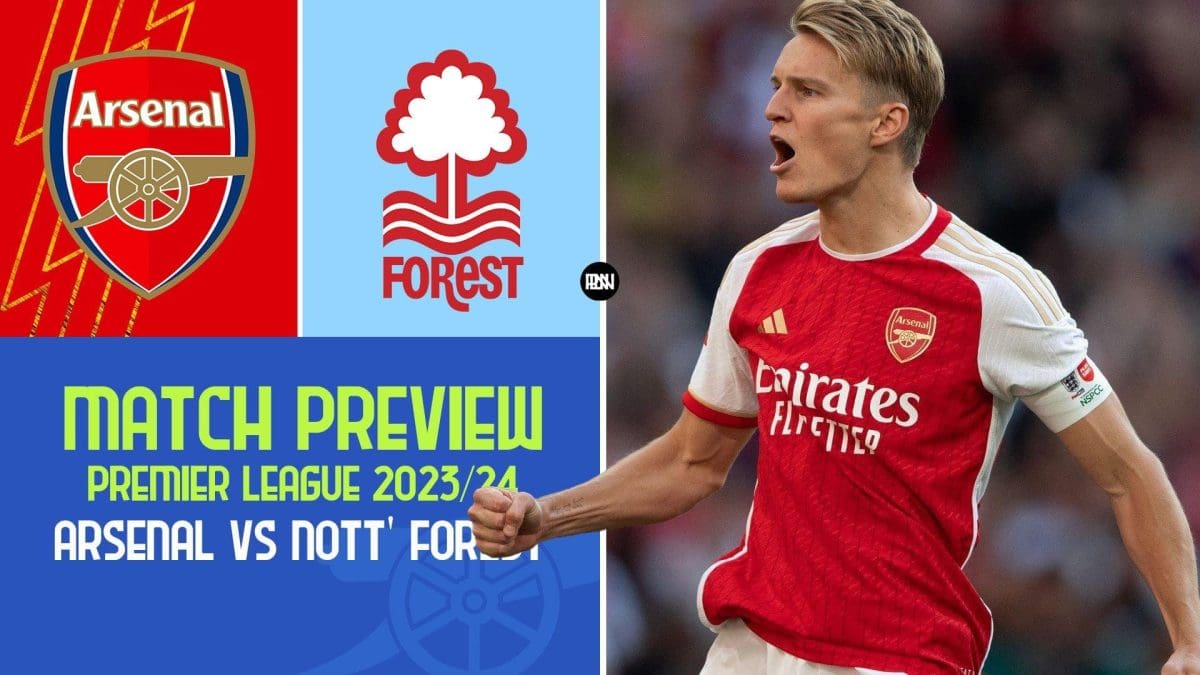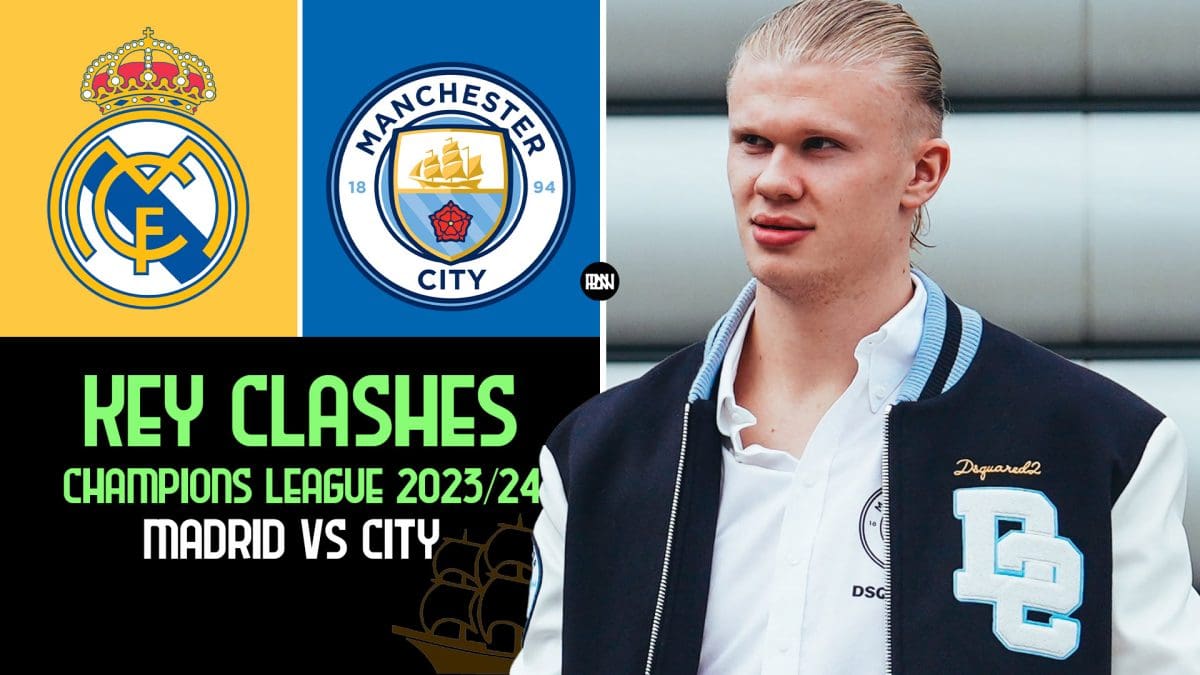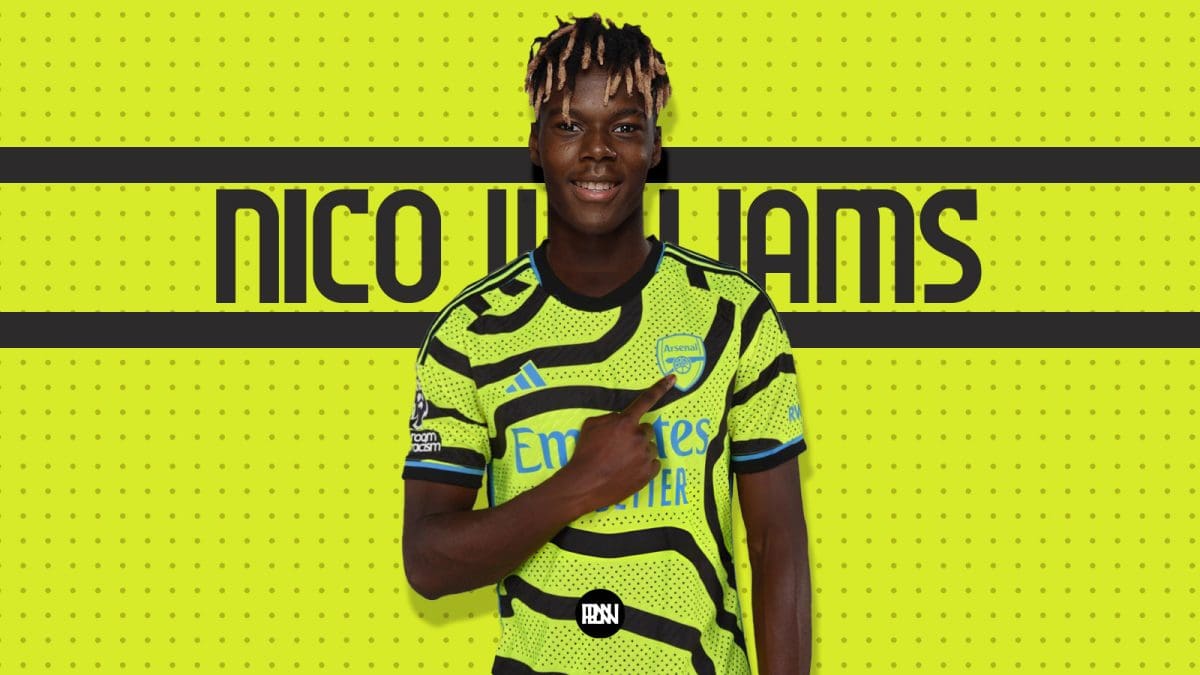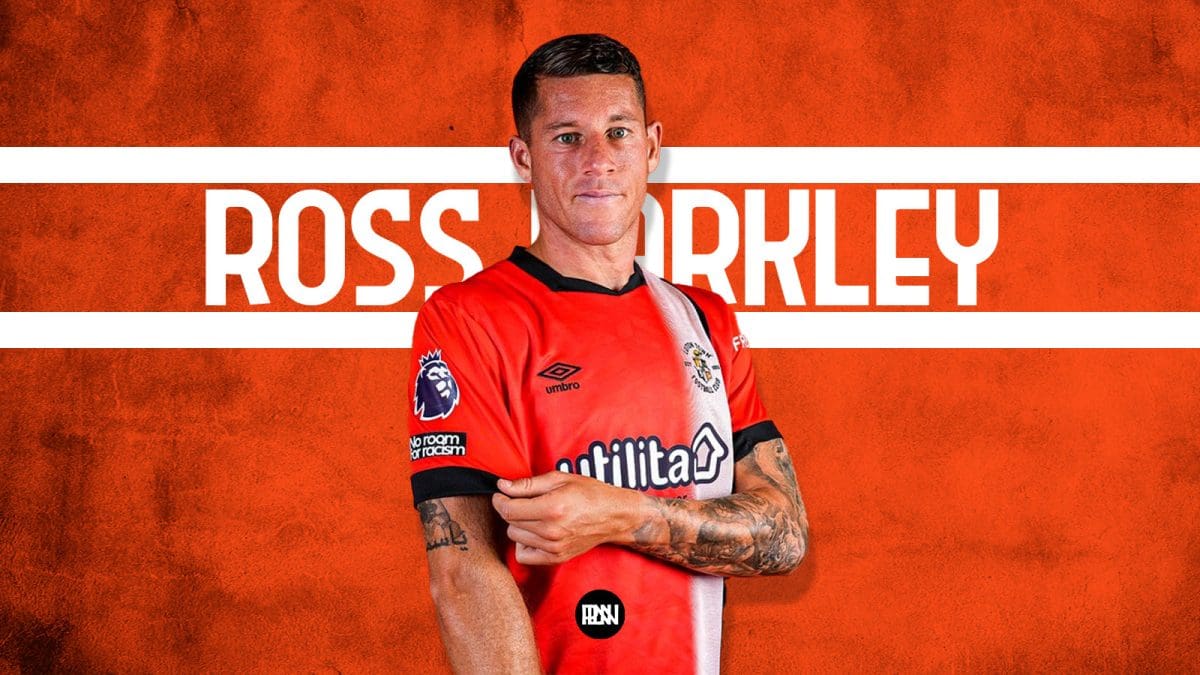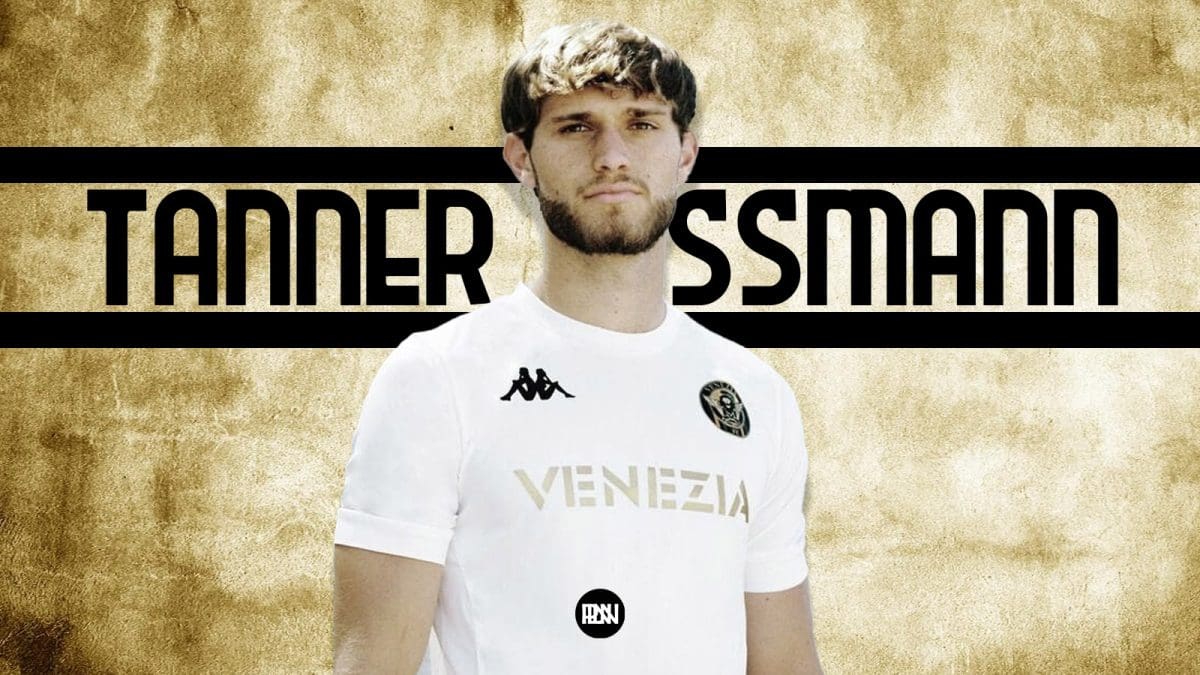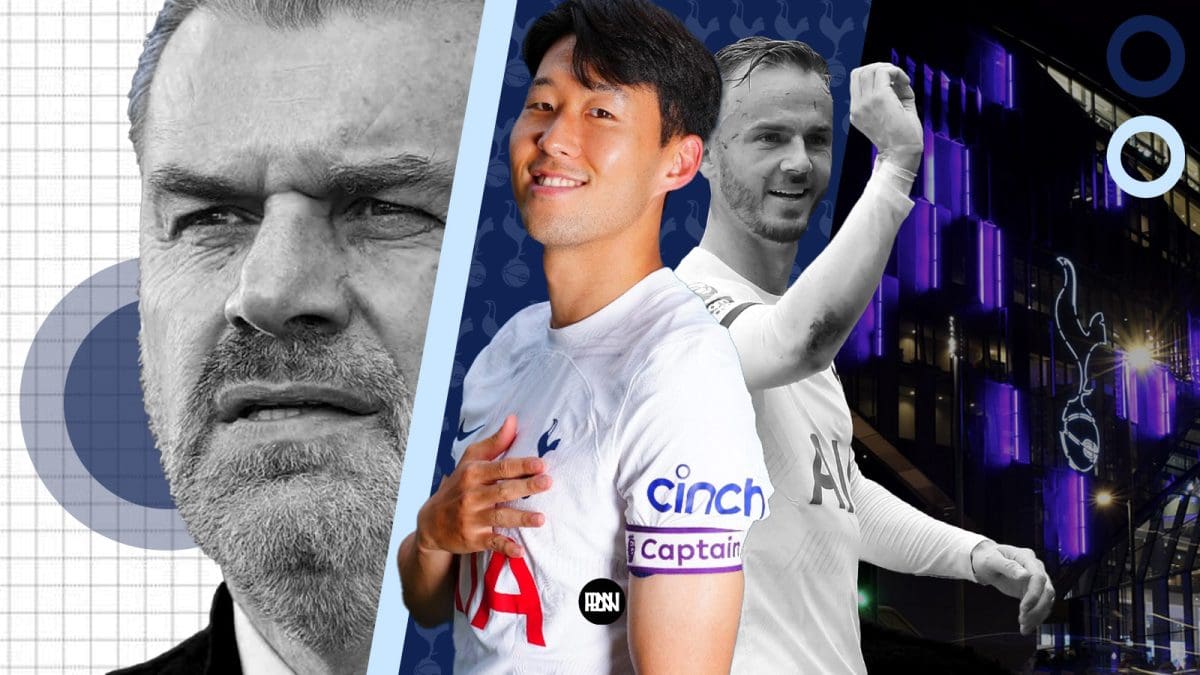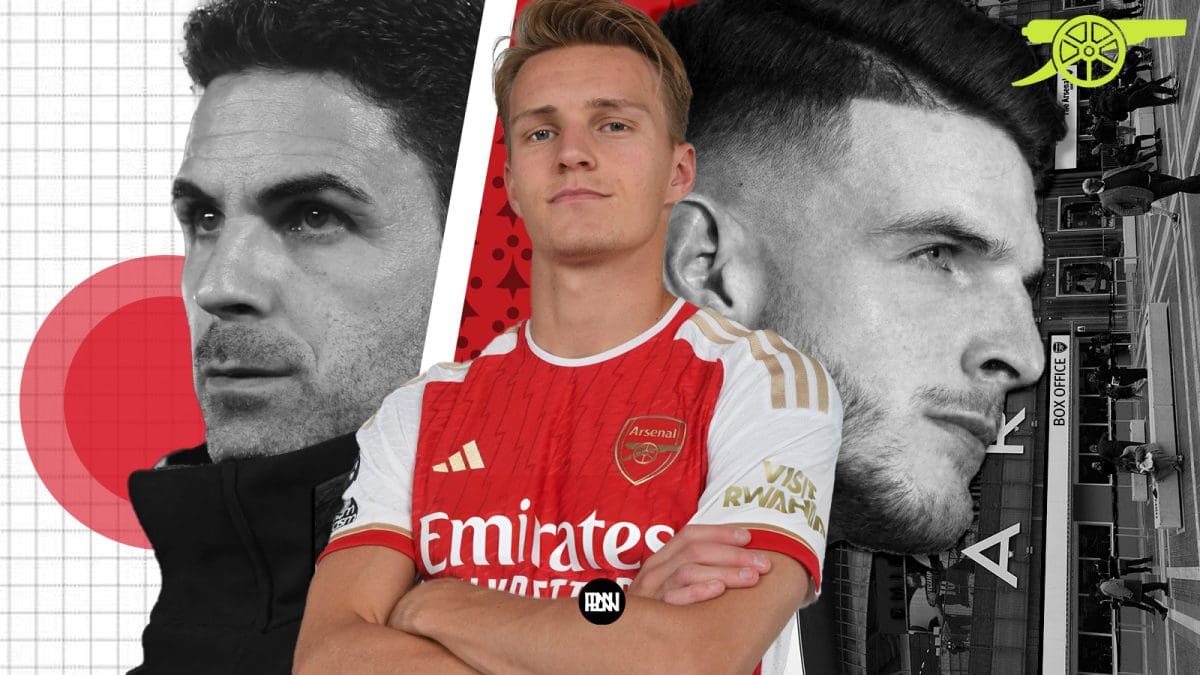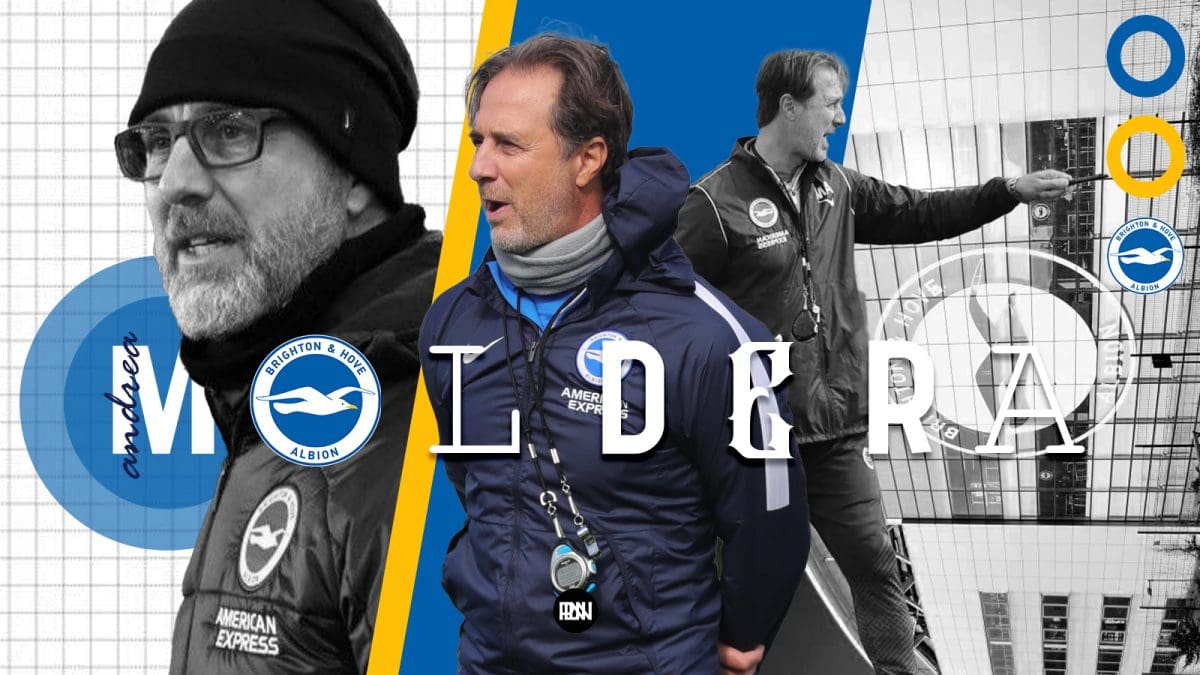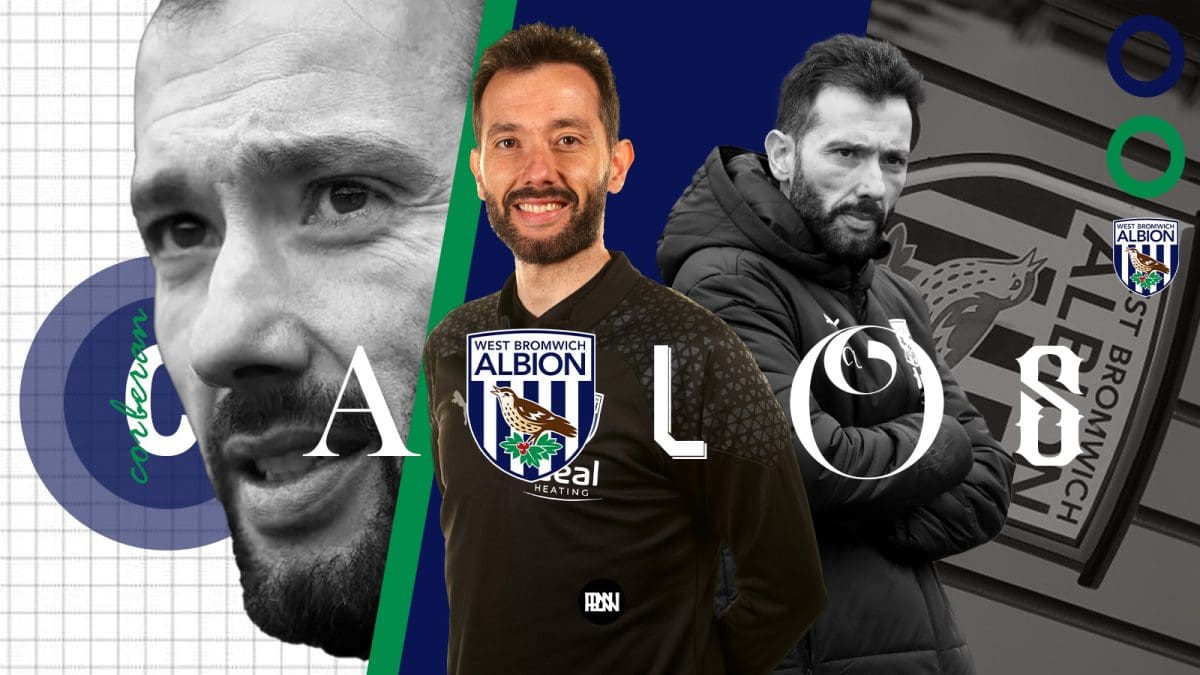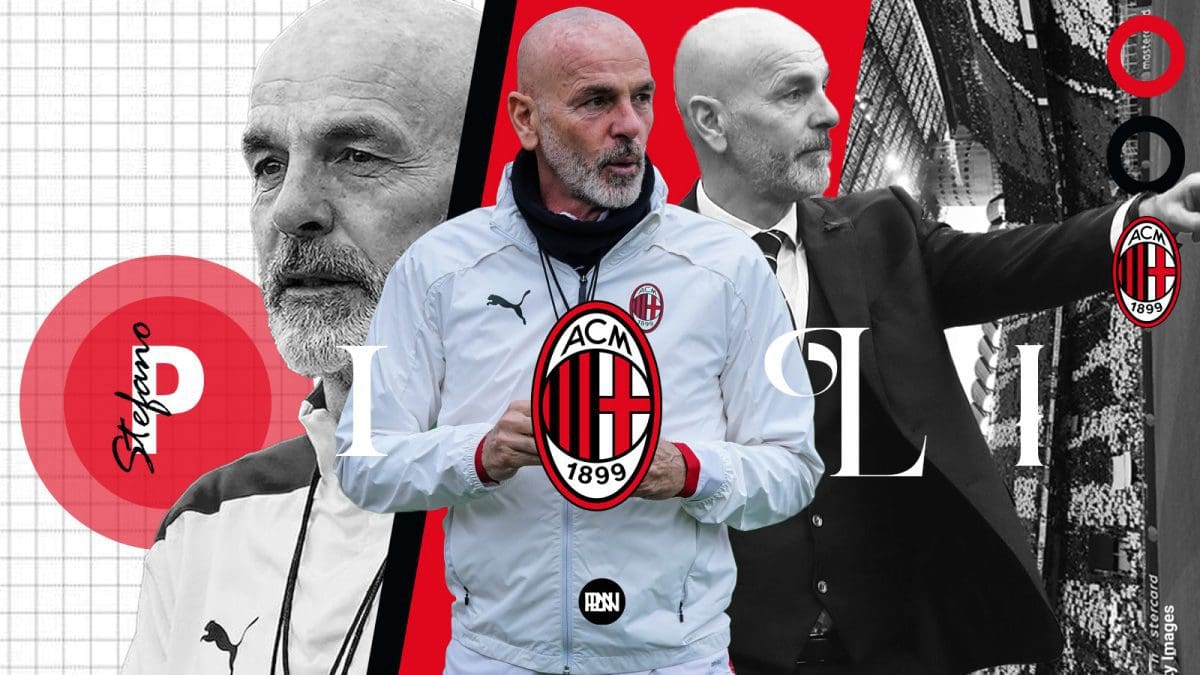Mauricio Pochettino has taken on the challenging task of rebuilding Chelsea. With significant financial backing from owner Todd Boehly, Pochettino has already made a few key signings and has a clear vision for the team’s future. In this article, we will analyze Pochettino’s tactics and vision for Chelsea, looking at his high-pressing style, settled defence, rest defence, build-up play, and the impact of key players like Nicolas Jackson and Christopher Nkunku.
High Pressing
One of the hallmarks of Pochettino’s style is the high-pressing structure he implements at Chelsea. Using a 4-2-3-1 formation, Chelsea’s four attackers press the opposition’s backline, waiting for the right trigger to engage. However, the focus is not just on crowding the player they are marking but also on effective shadow-marking. This means tilting their body position to limit the spare passing options for the player in possession. The goal is to prevent the press from being broken by players dropping deep.

To illustrate this, let’s examine a specific example from a match against Brighton. Chelsea’s attacking outlets press Brighton’s backline and pivots, with one spare center-back. But Nkunku’s clever body positioning and careful shadow-marking make it hard to use the spare choice. To counter this, Brighton relies on rotations and constant movement to create options and break through the press. Chelsea’s full-backs also rotate between wide and compact positions based on the game situation, adding to the complexity of Brighton’s build-up play.
Settled Defence: Organisation and Compactness

When the press is successfully broken, and the opposition has possession in their half, Chelsea adopts a 4-2-3-1 formation out of possession which shifts between 4-4-2 or 4-4-1-1 in low/mid block. The double pivot, consisting of Enzo and either Gallagher or Santos, occupies the central zones to limit the opposition’s options. The left and right midfielders play a crucial defensive role by maintaining compactness and preventing passes out wide. They also provide support to the full-backs, who are often in a compact position. The back four remains compact, with additional support in wider areas if there is a threat of overlaps.
Rest-Defence: Reaction
Rest defence refers to the structure adopted by the attacking team in possession to react and defend effectively when possession is lost. Chelsea employs a loosely-held 2-3 shape in their rest defence. The double pivot continues to occupy central zones in a more progressive position, while the central defenders man-mark the opposition’s front-line attackers. One of the full-backs provides width, while the other may move into a makeshift back three, depending on the situation.
Build-Up: Short Passing and Playing Around Defences
Chelsea’s build-up play is centered around short passing to play around opposition defensive structures. Mauricio Pochettino emphasizes the importance of playing short rather than long during the first phase of build-up. This approach makes sense considering Chelsea’s attacking flair and depth. The team resists high presses through constant movement and rotations. One full-back pushes forward and hugs the touchline, while the other becomes a more central passing option. This dynamic movement creates additional passing options and allows for progressive play.
— Seguir @FutbolyPizarron (@rolarias_Ligas) August 1, 2023
A notable aspect of Chelsea’s first-phase build-up is the rotation amongst the pivots. This was evident in their first goal against Brighton. When both Santos and Gallagher were being man-marked, they rotated their positions and switched sides. This created confusion among Brighton’s players and opened up space in the central zone for another player to exploit. This fluidity and dynamism in Chelsea’s attacking system enable roaming as long as there is a player available in the required zone.
Nicolas Jackson: A Key Player in Pochettino’s System
Nicolas Jackson has got straight down to business in the #PLSummerSeries pic.twitter.com/KQuepdT7lz
— Premier League (@premierleague) July 28, 2023
Nicolas Jackson has been impressive during pre-season and has formed exciting combinations with players like Nkunku. His attacking profile under Mauricio Pochettino is nuanced, involving both target-man-like plays and active involvement in the build-up. Jackson’s progressive carries and successful take-ons demonstrate his versatility and effectiveness as part of Chelsea’s flourishing front line.
Christopher Nkunku: Versatile Midfielder
Nkunku for the Blues #PLSummerSeries pic.twitter.com/OaTeTF8cuL
— Premier League (@premierleague) August 2, 2023
Pochettino has instructed Christopher Nkunku to focus on being a progressive, build-up midfielder rather than a second striker. This clarifies Nkunku’s role within the team and highlights his creative abilities. Nkunku’s dribbling and speed are valuable assets that can drive Chelsea’s short passing system and contribute to the team’s attacking success. In the previous season with Leipzig, Nkunku was involved in a significant percentage of their expected goals, emphasizing his importance as a creative force.
Challenges and Area for Improvement
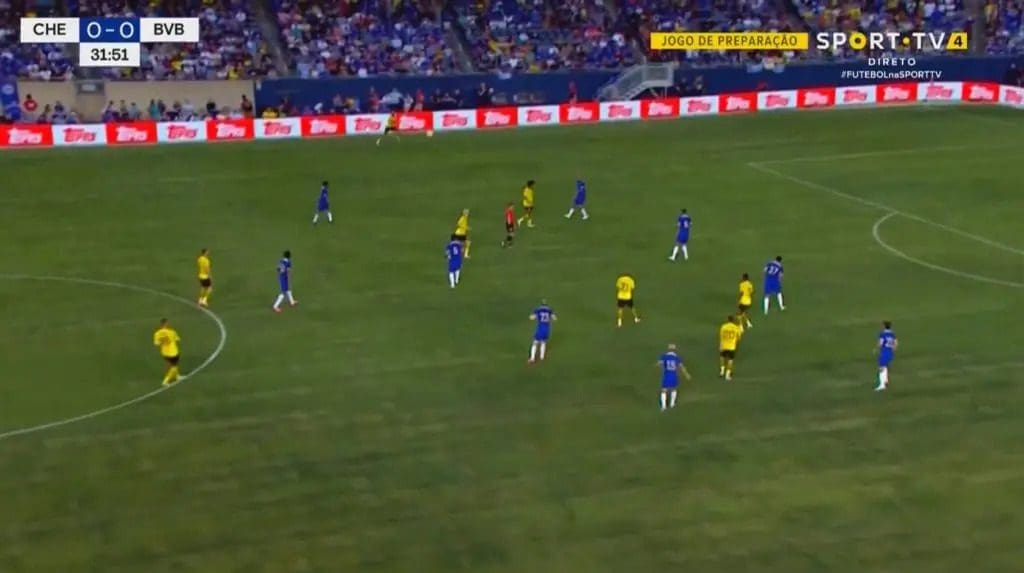

While Pochettino’s tactics and vision for Chelsea show promise, there are still areas that need improvement. For instance, Chelsea’s compact back four in settled defense can leave space out wide when the full-backs react to cover the wider areas. This can be exploited by opposition teams, leading to goal-scoring opportunities. Consistency and adaptation to the new system may also be a challenge in the early stages of the season. However, Pochettino’s ability to ideate and adapt to different situations gives hope for continuous improvement.
Fixtures and Transfers
Thoughts on our @PremierLeague fixtures? pic.twitter.com/KefEFRJHRu
— Chelsea FC (@ChelseaFC) June 15, 2023
Without European football this season, Chelsea aims to commence strongly, aiming to overcome the lack of momentum and consistency they faced in the previous year. Their Premier League opener at home against Liverpool is anticipated to be a high-scoring match. Following this, they enjoy a favorable fixture list, facing West Ham, Luton, and Nottingham Forest in their next three games. The extended absence of Nkunku due to injury might prompt Chelsea to seek reinforcements, with substantial rumors linking Olise and Valhovic to further strengthen their squad.
Conclusion
In conclusion, Mauricio Pochettino’s tactics and vision at Chelsea revolve around a high-pressing style, organized defense, effective rest defense, and short passing in the build-up. Key players like Nicolas Jackson and Christopher Nkunku play crucial roles in Pochettino’s system. While there are challenges, Pochettino’s creativity and adaptability provide optimism for Chelsea’s future. As the season progresses, it will be interesting to see how Pochettino’s tactics and vision unfold.


